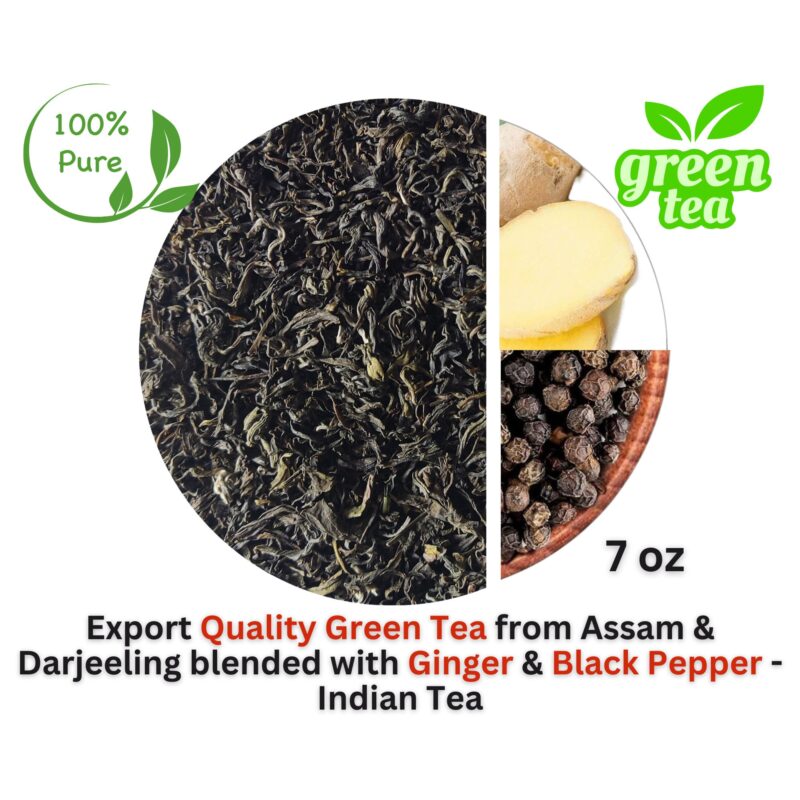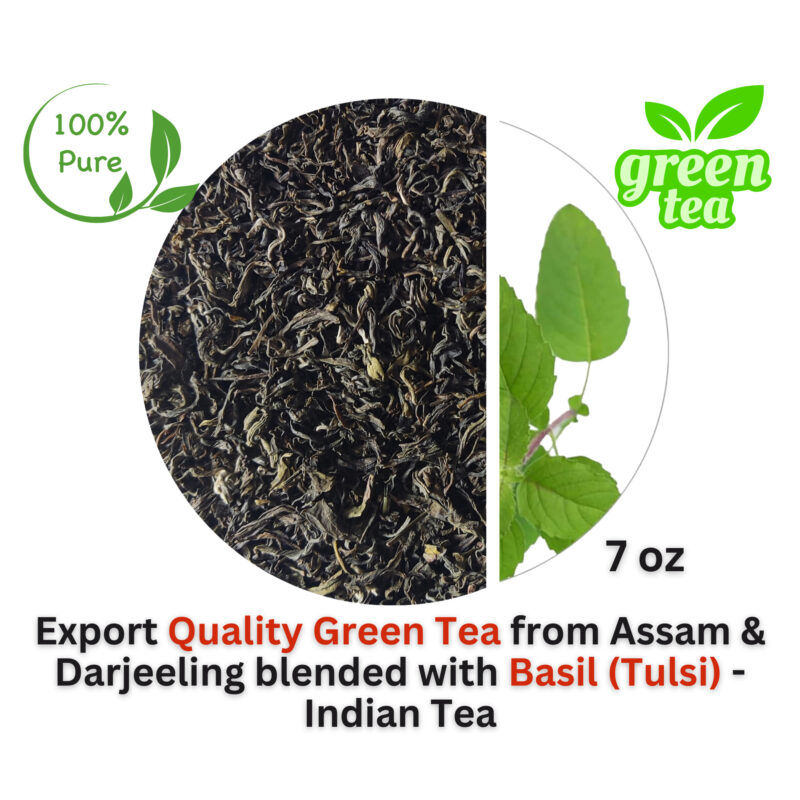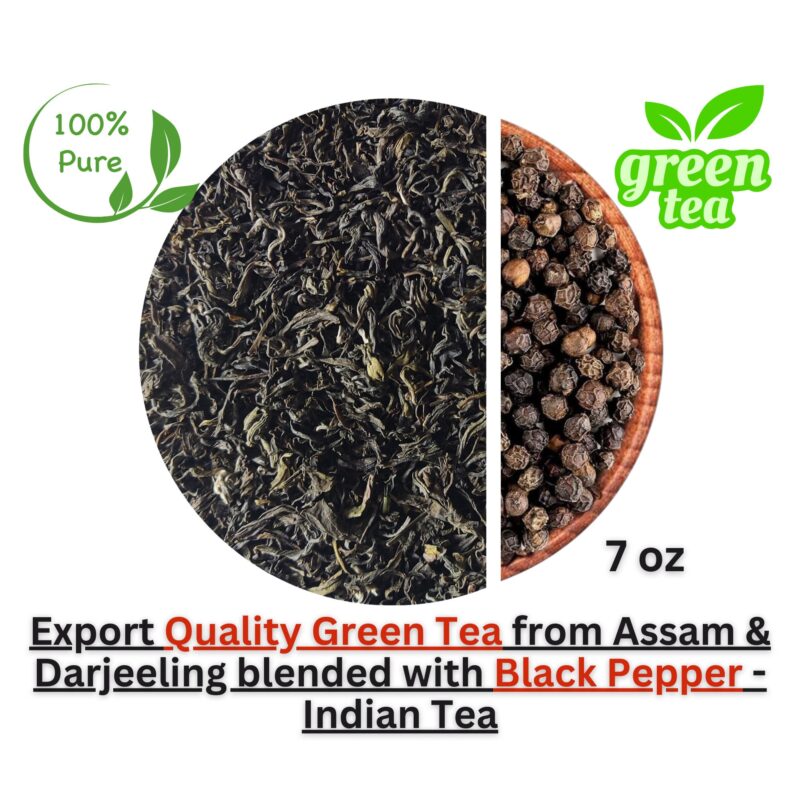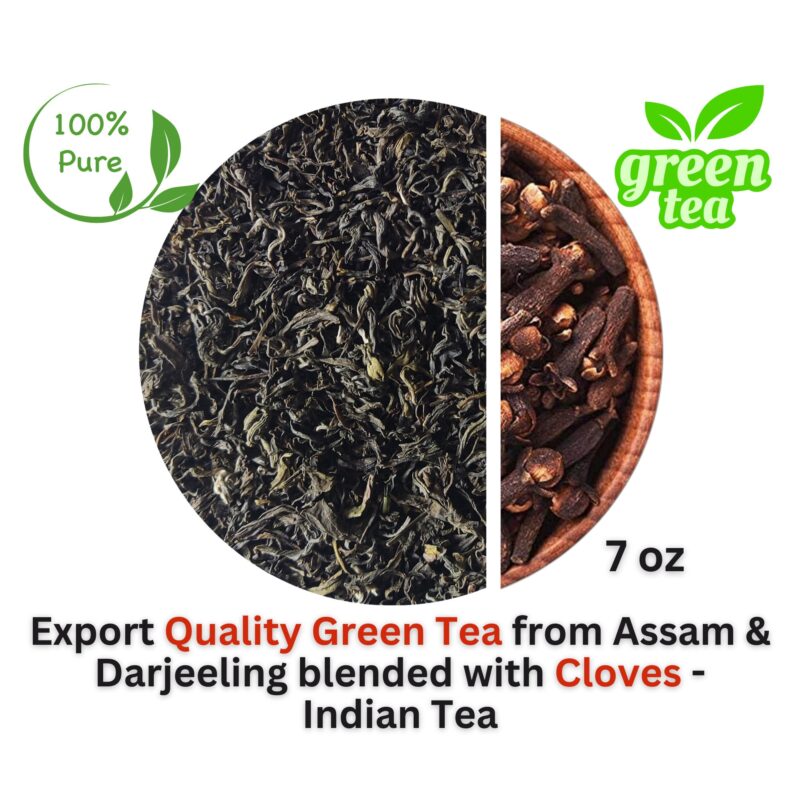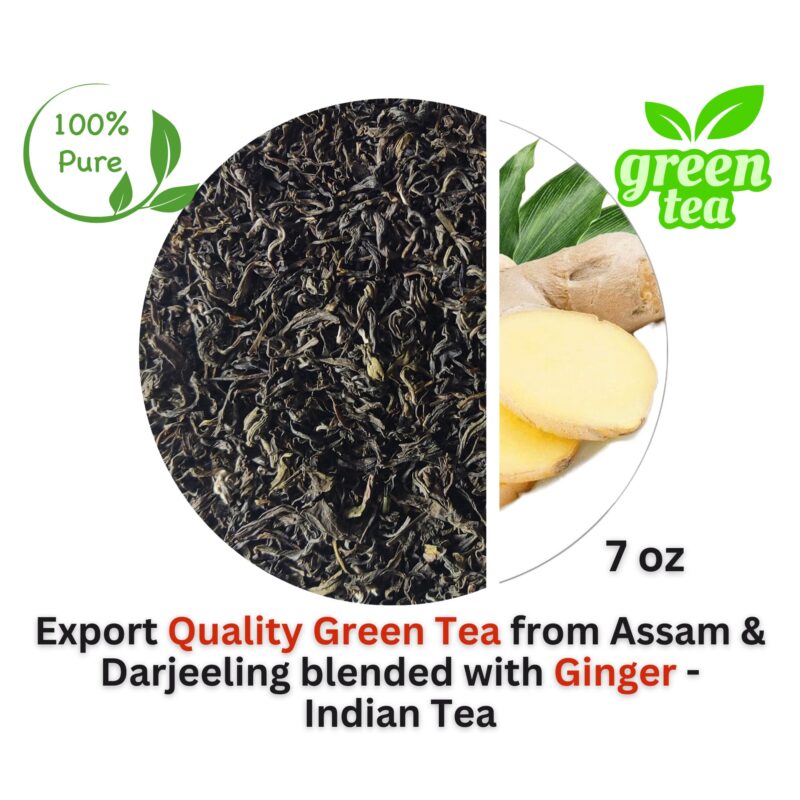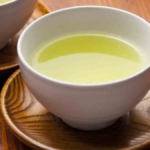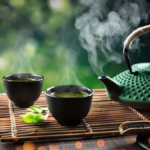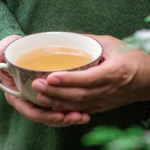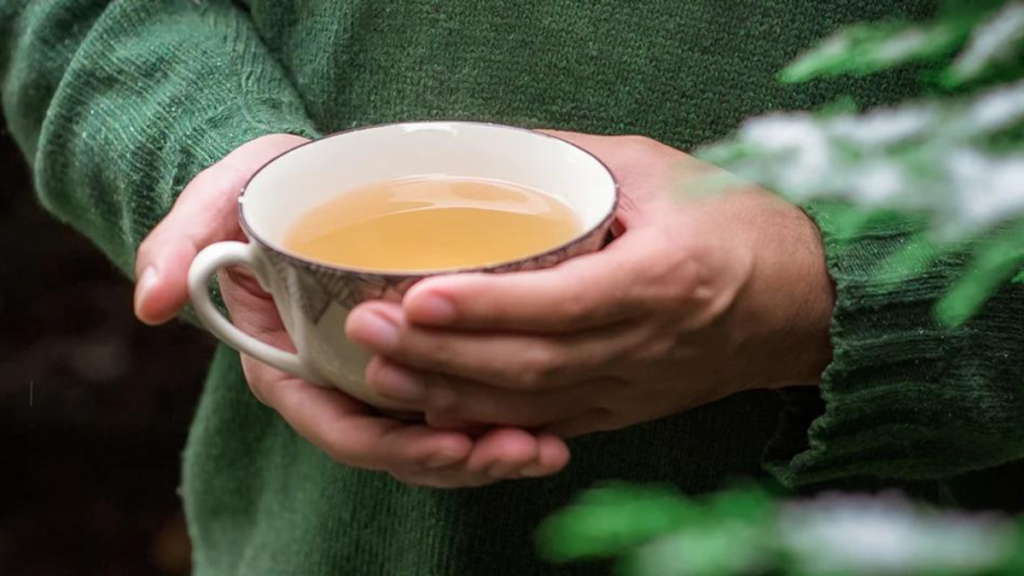
Exploring the Palate: What Does Green Tea Taste Like?

Introduction
Green tea is renowned for its numerous health benefits and rich cultural history. While many people appreciate its potential advantages, a common question that arises is, “What does green tea taste like?” In this article, we’ll delve into the intricate flavors and aromas that make green tea a unique and beloved beverage.
Table of Contents
The Nature of Green Tea
Green tea is made from the Camellia sinensis plant, the same source as black tea and oolong tea. What sets green tea apart is its minimal oxidation process. Unlike black tea, which is fully oxidized, green tea retains its natural, vibrant green color due to a shorter oxidation period. This crucial difference significantly influences the taste of green tea.
Subtle and Grassy
One of the first things you’ll notice when sipping a cup of green tea is its subtle, grassy flavor. The taste can vary depending on the type and origin of the tea, but green tea often carries a vegetal, earthy undertone. It’s akin to the essence of freshly cut grass, evoking a sense of nature’s purity.
Umami and Sweetness
Green tea also boasts a unique quality known as umami, a savory and almost brothy taste. Umami is one of the five basic tastes, alongside sweet, salty, sour, and bitter. This pleasant, savory flavor often distinguishes green tea from other types of tea and provides a depth of taste that can be quite delightful.
The sweetness in green tea is often subtle, with hints of floral and fruity notes. Varieties like jasmine green tea may offer more pronounced floral sweetness, while sencha and matcha provide a natural, mild sweetness. This is one of the reasons why green tea is often enjoyed without any added sugar, as it has a natural sweetness that many find satisfying.
Astringency and Bitterness
Depending on how green tea is brewed, it can exhibit varying levels of astringency and bitterness. Astringency, that drying sensation in the mouth, can be more pronounced in over-steeped green tea. While bitterness may be present in some green teas, it is often a result of over-brewing rather than inherent to the tea itself. With proper brewing techniques, you can avoid these unpleasant characteristics and experience the true essence of green tea.
Aromas and Varieties
The aroma of green tea can range from grassy and vegetal to nutty or even seaweed-like in the case of some Japanese green teas. The specific aroma is influenced by the tea’s origin, processing method, and the presence of additional flavorings, such as jasmine or citrus.
There are many varieties of green tea, each with its unique flavor profile. Some of the most popular types include:
- Sencha: A classic Japanese green tea with a fresh, grassy taste.
- Matcha: A finely ground green tea powder known for its rich umami and vibrant green color.
- Dragon Well (Longjing): A Chinese green tea with a sweet, nutty flavor.
- Jasmine Green Tea: Green tea scented with jasmine flowers, offering a delicate floral aroma and taste.
Conclusion
Green tea is a diverse and complex beverage with a range of flavors and aromas to explore. It’s no wonder that green tea has captivated people for centuries. Whether you’re drawn to its subtle vegetal notes, hints of umami, or natural sweetness, green tea is an intricate and satisfying drink that can be enjoyed on its own or paired with various foods. So, next time you brew a cup of green tea, take a moment to savor its nuanced taste and appreciate the artistry that goes into every sip.
